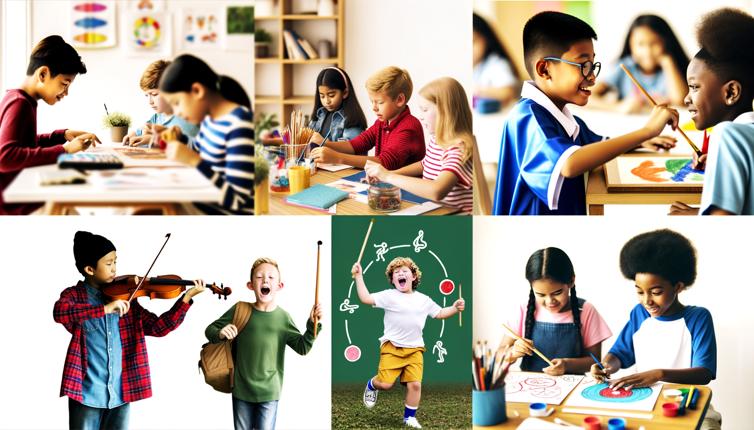What are Dual Language Programs?
Dual language programs are educational initiatives that provide instruction in two languages. These programs aim to develop students' proficiency in both languages, typically a native language and a target language. The target language can be a widely spoken international language like English, Mandarin, or Spanish, or a heritage language specific to a local community.,In a dual language program, students spend a significant portion of their instructional time learning in both languages. The goal is for students to become bilingual and biliterate, meaning they can read, write, speak, and understand both languages at a high level. This level of proficiency has numerous benefits, both academically and personally.
Benefits of Dual Language Programs
1. Language Proficiency: Dual language programs provide students with the opportunity to become fluent in multiple languages. This linguistic proficiency opens doors to various career opportunities and enhances their cognitive abilities.,2. Cultural Understanding: By learning another language, students also gain a deeper understanding of different cultures. They develop empathy, respect, and appreciation for diverse perspectives, fostering a more inclusive and global mindset.,3. Academic Achievement: Research has shown that students in dual language programs often outperform their peers in standardized tests and have higher overall academic achievement. The cognitive benefits of bilingualism, such as improved problem-solving and multitasking skills, contribute to their success.,4. Increased Career Opportunities: In today's globalized job market, employers highly value multilingual individuals. Proficiency in multiple languages can open doors to international job opportunities and give individuals a competitive edge.,5. Personal Growth: Learning in a dual language program promotes personal growth and self-confidence. Students develop adaptability, resilience, and a sense of pride in their language abilities.
Implementing Dual Language Programs
Implementing successful dual language programs requires a comprehensive approach involving collaboration among educators, parents, and the community. Here are some key factors to consider:,- Clear Goals: Define specific language proficiency goals for each grade level and establish a curriculum that aligns with these goals.,- Qualified Teachers: Ensure that teachers are fully proficient in both languages and receive ongoing professional development to enhance their teaching strategies.,- Parental Involvement: Encourage parents to actively engage in their child's language development and provide resources for continued language support at home.,- Community Support: Partner with community organizations, local businesses, and native speakers to create authentic language learning opportunities beyond the classroom.,By addressing these factors, schools can create a nurturing and effective dual language learning environment.
Conclusion
Dual language programs offer a pathway for students to develop their language skills, gain cultural competency, and thrive in a globalized world. These programs not only equip students with valuable communication skills but also foster a profound appreciation for different languages and cultures. By embracing multilingualism, we can build a more interconnected and harmonious society. So let's celebrate the beauty of dual language programs and make multilingual education a priority for future generations.









